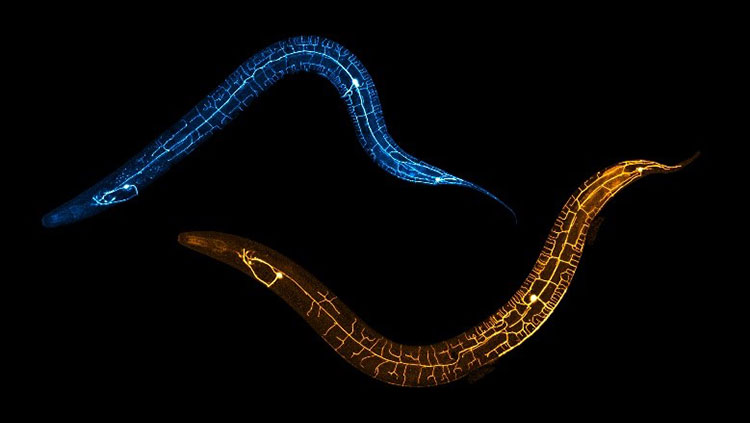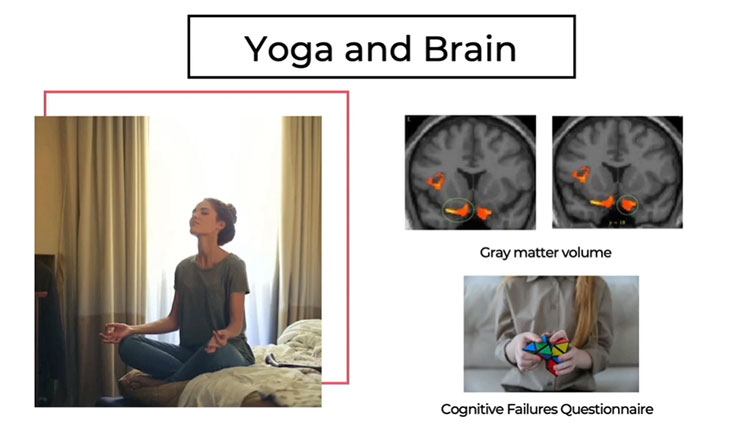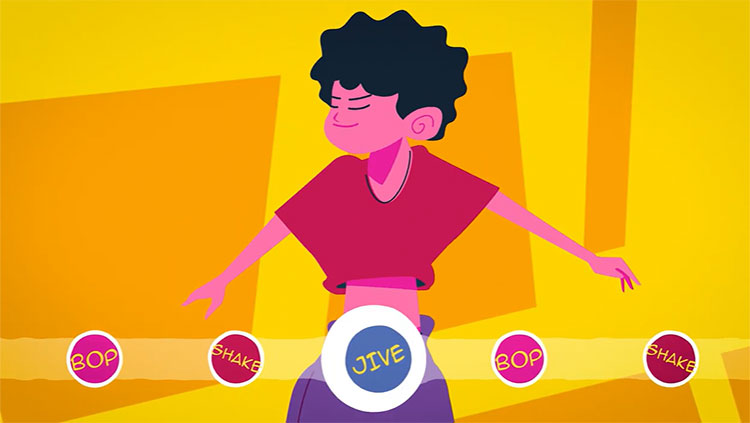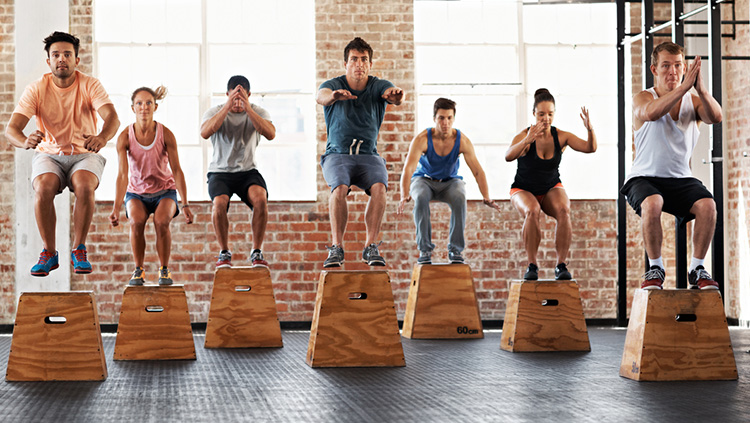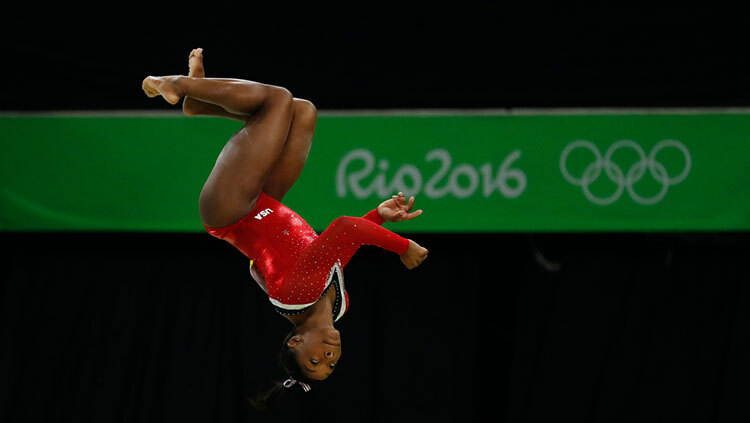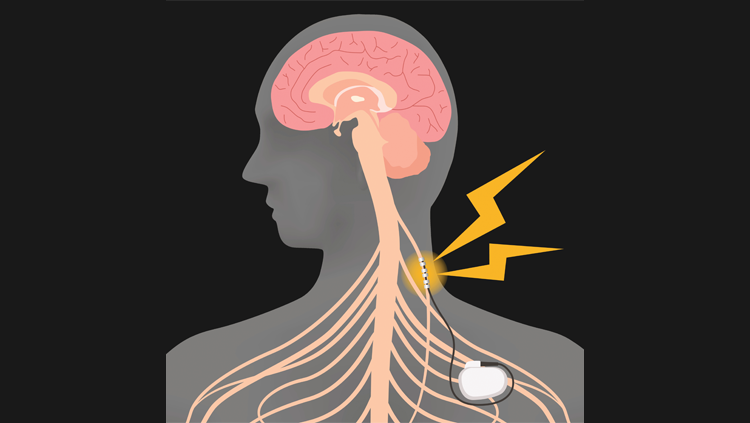The Cells Behind Movement and Coordination
- Published9 Sep 2016
- Reviewed9 Sep 2016
- Author Rahul Patel
- Source BrainFacts/SfN
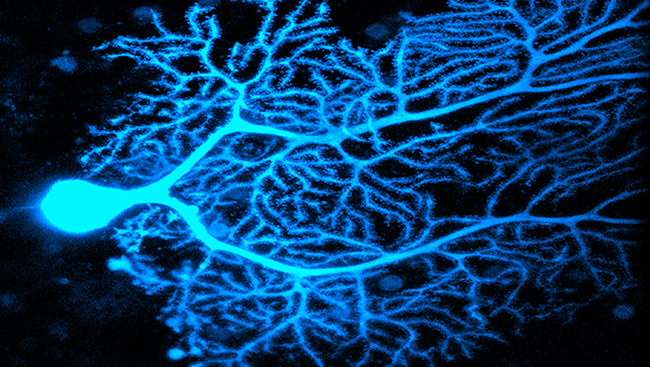
Piochon, et al. The Journal of Neuroscience, 2010.
When you ride a bike, you’re doing a lot at once: balancing, pedaling, steering, and keeping an eye on your surroundings. But after lots of practice it feels effortless, thanks to an area of the brain called the cerebellum. Located at the base of the brain behind the brainstem, the cerebellum helps us learn new motor behaviors and coordinate our movements. Intricately-branched neurons called Purkinje cells call the cerebellum home.
Among the largest cells in the brain, Purkinje cells — like the one seen above in a mouse — regulate activity in the cerebellum and help us coordinate our movements. By studying how these cells interact with other neurons in the cerebellum, scientists hope to learn more about the neural circuits underlying complex motor behaviors.
CONTENT PROVIDED BY
BrainFacts/SfN



